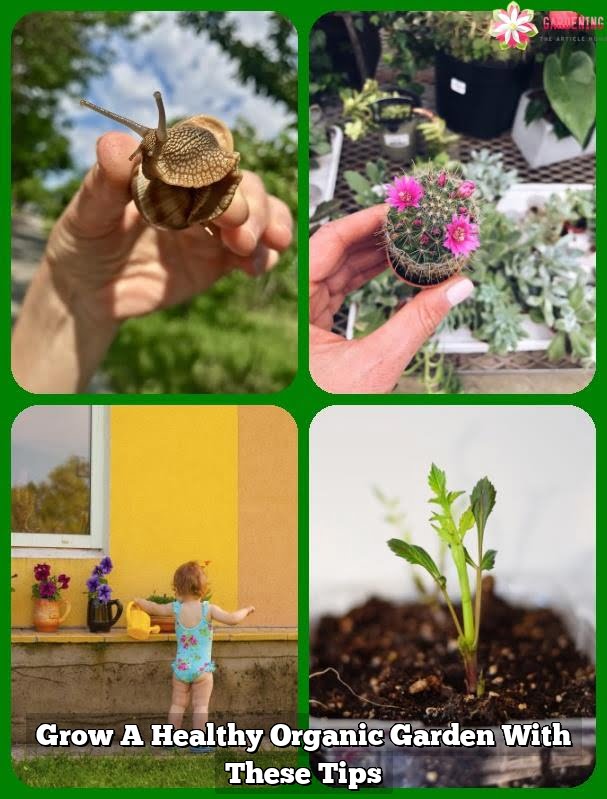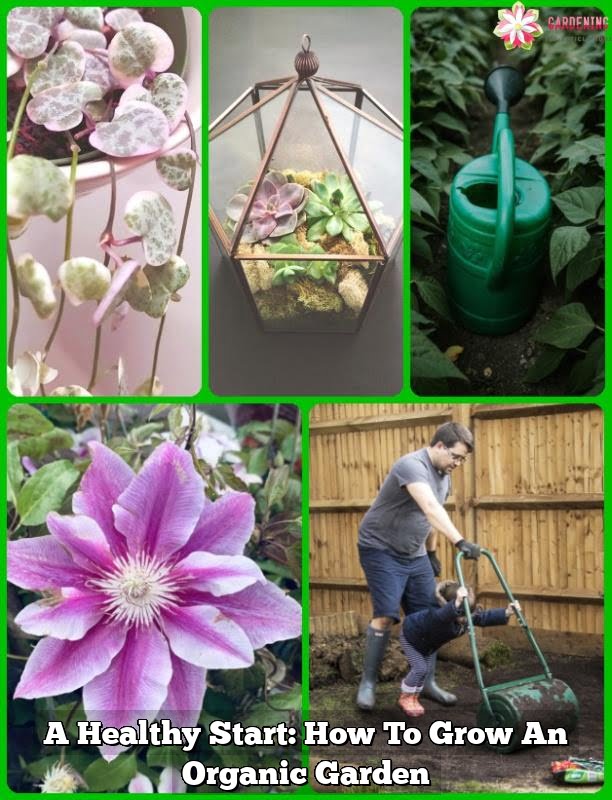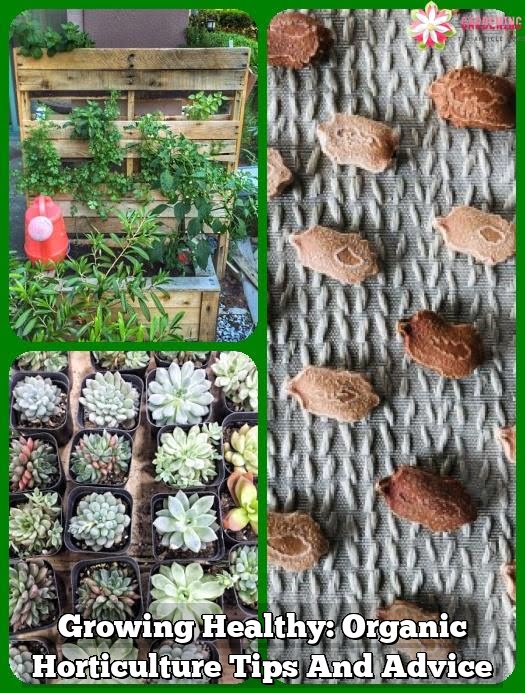Organic produce is better than normal produce in terms of flavor and better tasting than regular produce. You can grow your own fruits and vegetables instead of heading to the store. Read below to learn how you can have your very own organic garden at home.
Shoveling clay soil is tiresome since clay is hard, making it tough to handle. To ease the digging, apply a coat of automobile wax to your shovel first and then buff it lightly. The clay easily slides off the surface and it will prevent rust.
Plant perennials that repel slugs. Slugs or snails can decimate a plant in one night. These pests gravitate to young perennials with smooth, herbaceous stems and leaves, and thin. Some varieties of perennials are not preferred by snails and slugs, particularly perennials that have hairy, or tastes bad. Some of examples of these are achillea, campanula, campanula, helleborus, and euphorbia.
Having healthy soil in your garden will help your number one defense against pests!Healthy soil leads to healthy plants with more able to resist both pests and various diseases. To give your garden the best chance of yielding the healthiest plants, make sure you begin with premium soil devoid of salt-accumulating chemicals.
When the fall season arrives, you must prepare to plant your favorite fall veggies and other edibles. A hollowed out pumpkin can become a planting container for kale and lettuce. Once you cut an opening at the top of the pumpkin and scoop out the insides, spray the edges and inside with Wilt-Pruf to prevent rotting.
Pre-soak seeds through the night in a dark place. This hydrates your seeds to be watered and they will get a kick start when growing. The seeds will have a better able to survive and grow up.
If your gardening plans include pea plantings, start them inside rather then planting them outdoors. The seeds will have a better germination rate if planted there first. The seedling may also be hardier, which would help them resist diseases and pests more easily. You will be able to transfer the seedlings outdoors after they are sturdy enough.
Bees will go straight for these plants in the springtime. Heather beds are typically left untouched, because they don’t usually get bothered by human activity. Keep this in mind and remember to always wear gloves when you prune your heather!
After your seeds have sprouted, it is not as important to keep them warm. Keep an eye on your seeds to know when to do this.
Have some plastic bags on hand so that you can put over your gardening shoes if they are muddy.
Spacing is one important factor to consider when planting your garden.You can easily underestimate how much space you need until they begin to grow. Plan accordingly and leave enough space between the seeds.
Adjust your watering to the season and current climate.For instance, if you live in a humid climate where it never goes below 30 degrees Celsius, it is important not to water leaves, as doing so tends to foster fungus growth.
You can skip watering because of the pending weather.
Botanical Insecticides
Research local botanical insecticides which can be useful in deterring the pest population down. Natural insecticides are often more powerful than synthetic pesticides. However, because botanical insecticides are biological, botanical insecticides often have very fast decay periods and disappear rapidly.
Think about any product you can use on your garden. Try using organic alternatives to the typical chemical fertilizers. Compost is a great example of fertilizer.
Use at least 3″ of organic material to mulch flowers and flowers. This aids in environmental conservation and help it retain moisture more efficiently – which should help you reduce your water bills. You may also find the mulch attractive.
You should know how to buy plants that will go in your all-natural garden. This is evident when buying annual or perennials. You must see to it that are budded but not the ones that are blooming. This is because they can start growing a stronger root systems in your garden.
Know how and when you should water the organic garden. A soaker hose is your best option for this watering job. Watering during the garden early in the morning is best.
A terrific way to obtain fertilizer for your garden is by making your own. An interesting way to start creating compost is to start a worm composting bin. Red worms, some dirt, kitchen scraps and newspaper shreds in a bin will get you started.
Use a ton of mulch to help your plants to retain enough water. You can get it from the store, dead plants and leaves, or chipped wood from fallen or trimmed limbs. The important thing is to have an adequate supply of it.
One needs to build a border with a fence around the garden before they even start planting their garden. Having something to keep the animals out of your garden is a good way to keep your plants safe while they are growing, and can reach their maximum size.
Water your plants with some rainwater to be more eco-friendly. Using a barrel or any sort of container to collect any amount of rainwater can not only save you money on your water bill every month, and make the best use of your naturals resources. Think about doing this alternative choice; stay natural and save money.
Dwarf Fruit Trees
Dwarf fruit trees are the perfect choice for space-constrained gardens. Many gardens within city limits don’t have space for full-size trees, and that is where dwarf fruit trees fit in best.These tiny trees produce regular sized fruits and produce fruit in about four years from planting.
Some houseplants will resist their roots being disturbed, and others will react poorly if their roots are disturbed. To check if your plant will benefit from re-potting, first remove it from its pot by turning it upside down and gently sliding it loose. If you can only see a few roots, or you can’t see them at all, there is no need to upgrade the pot size.
Don’t settle for inferior produce. Apply what you’ve learned in this article today, and start growing your own produce.

Welcome to my blog about home and family. This blog is a place where I will share my thoughts, ideas, and experiences related to these important topics. I am a stay-at-home mom with two young children. I hope you enjoy reading it! and may find some helpful tips and ideas that will make your home and family life even better!





